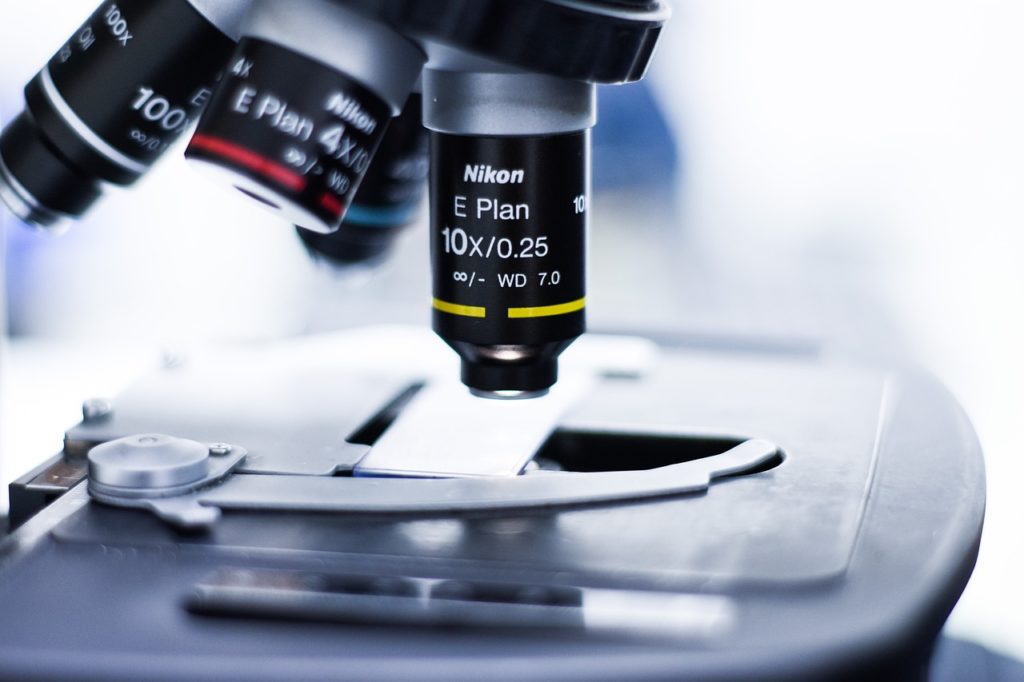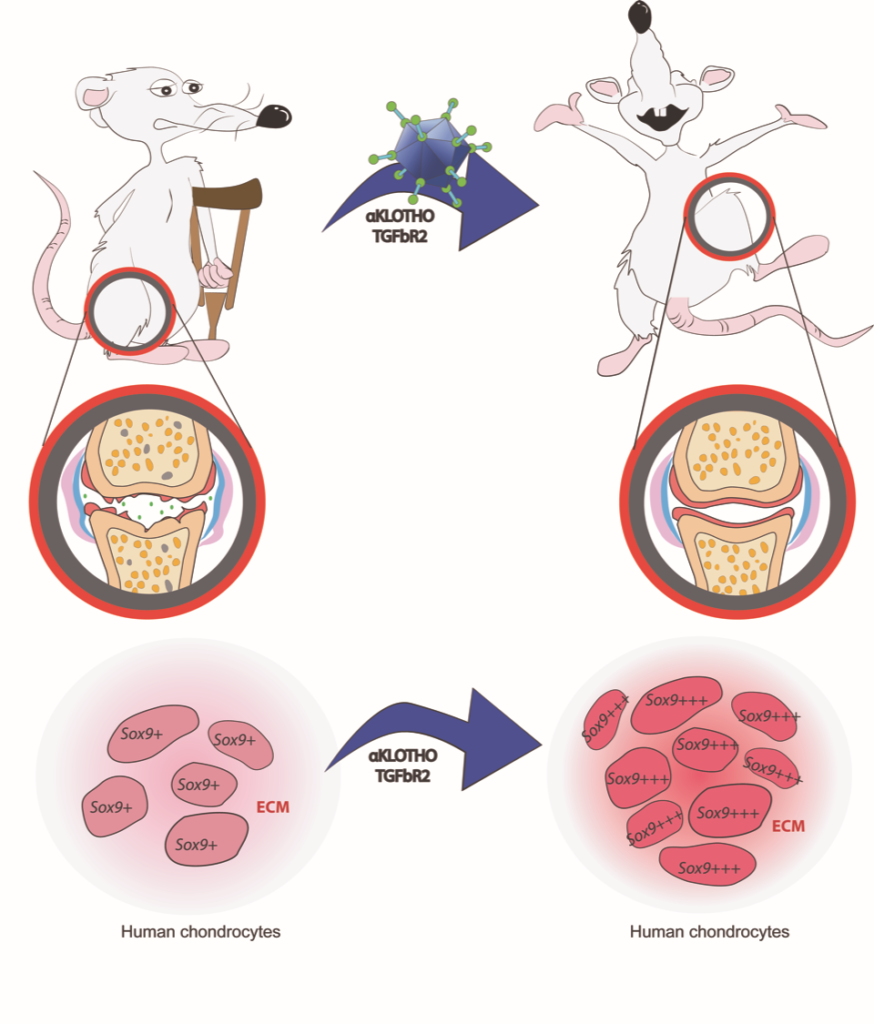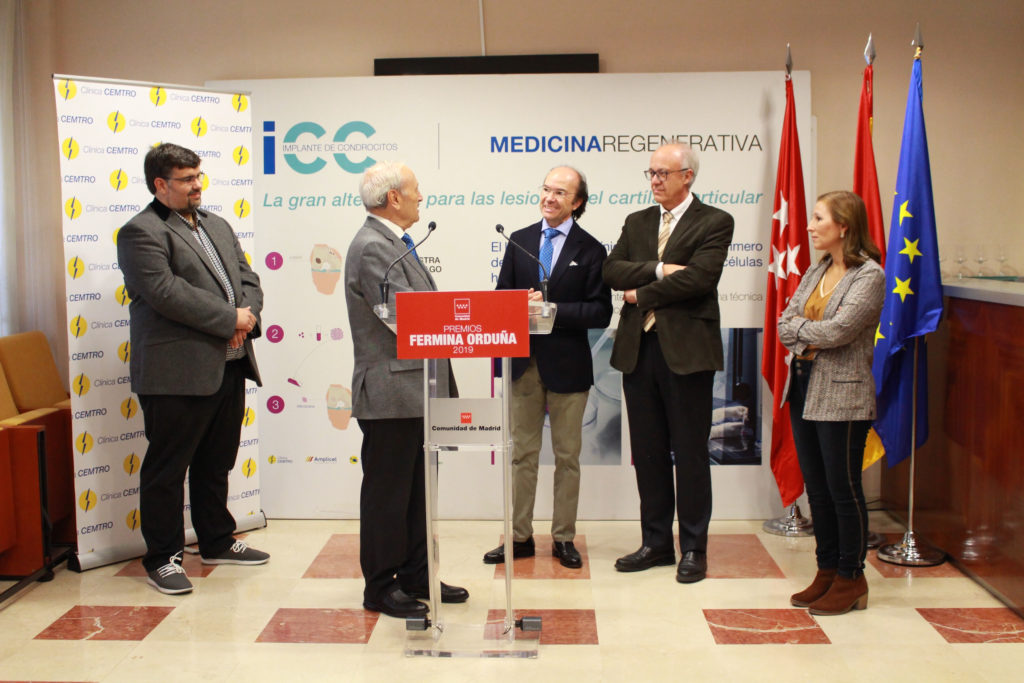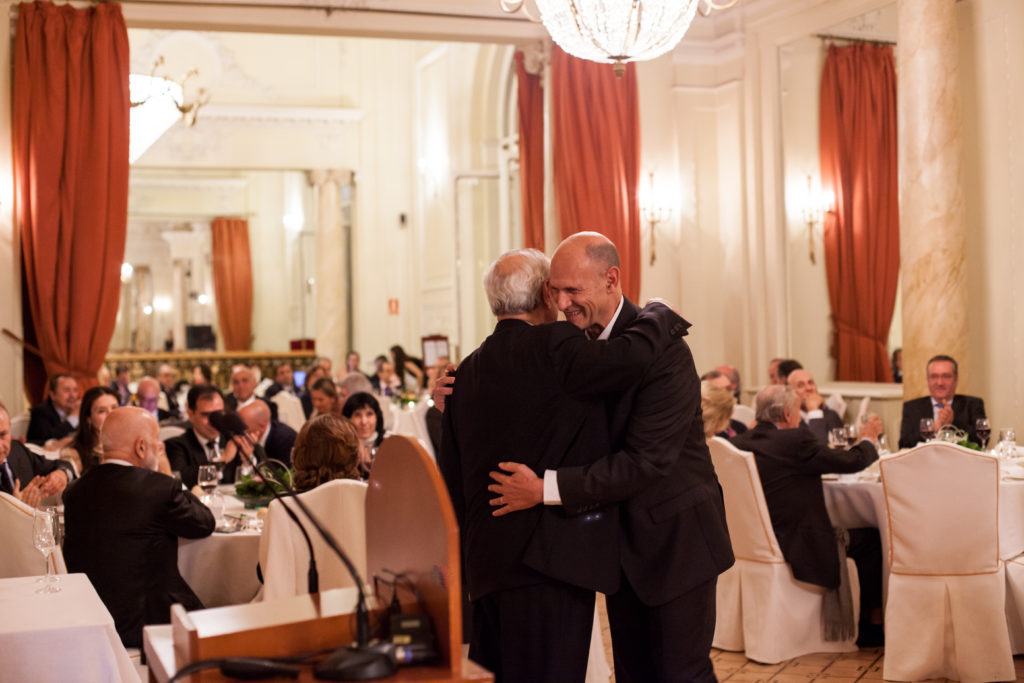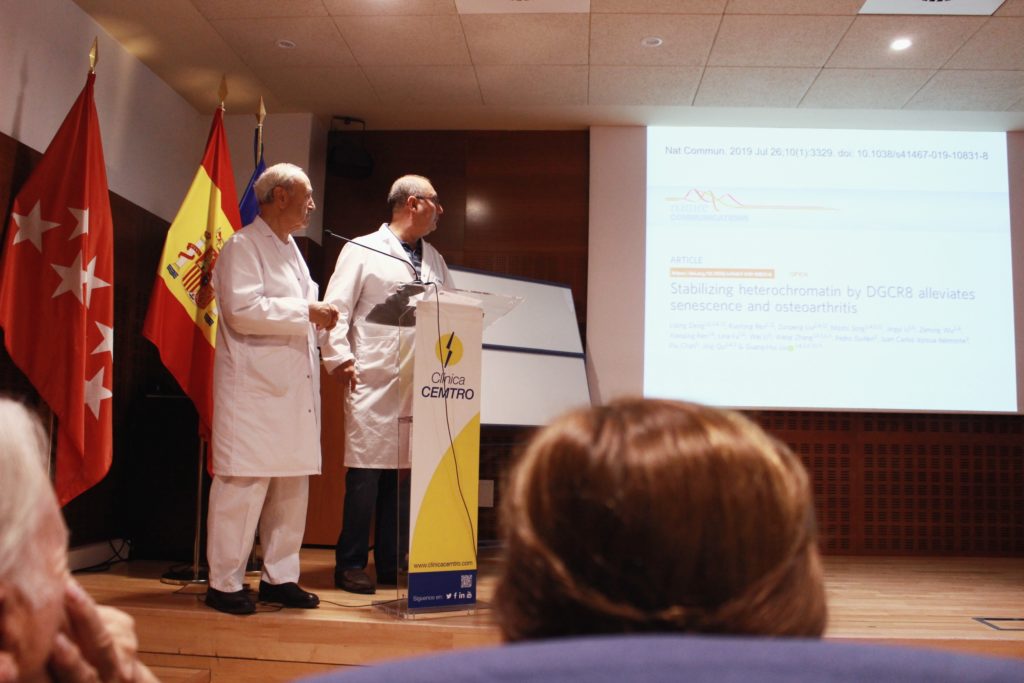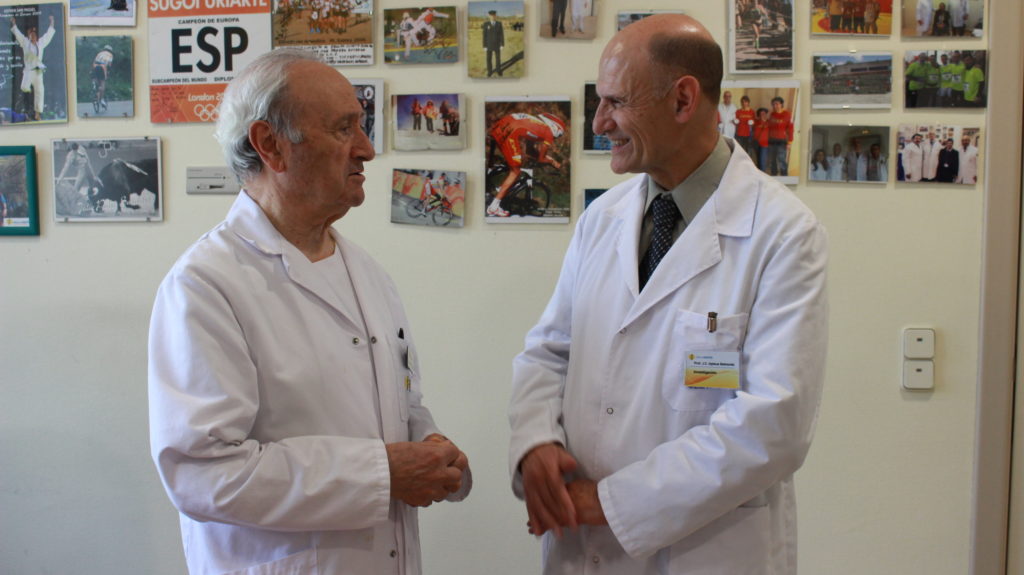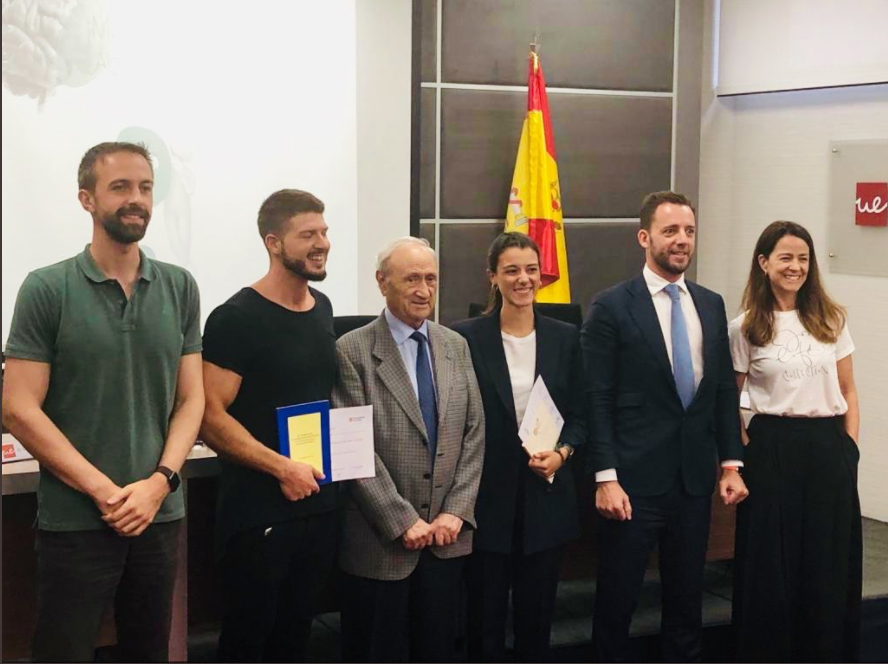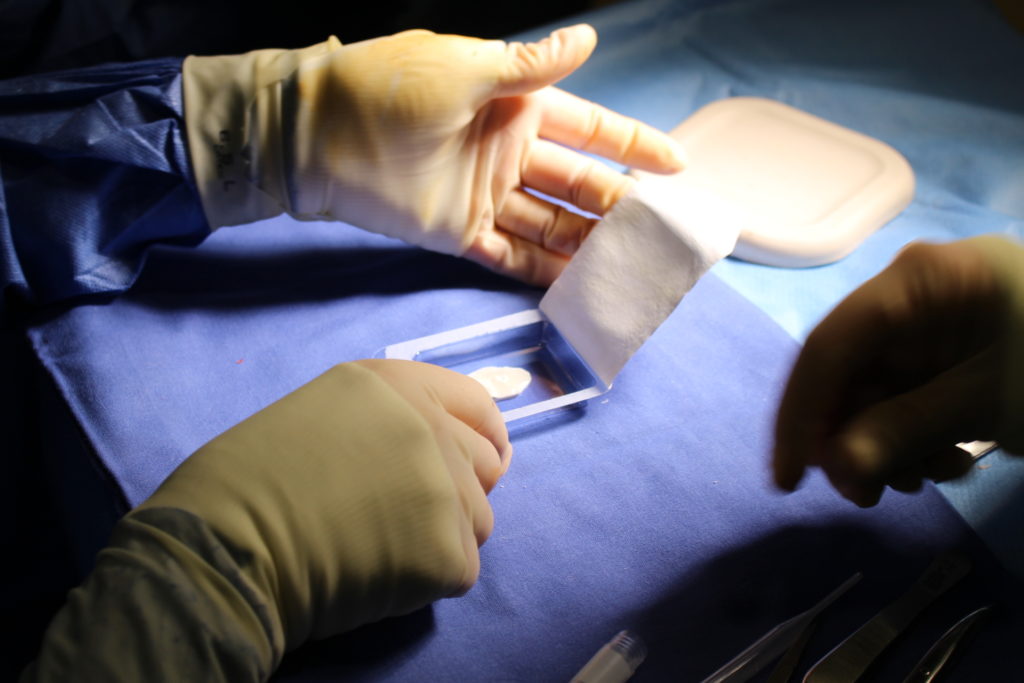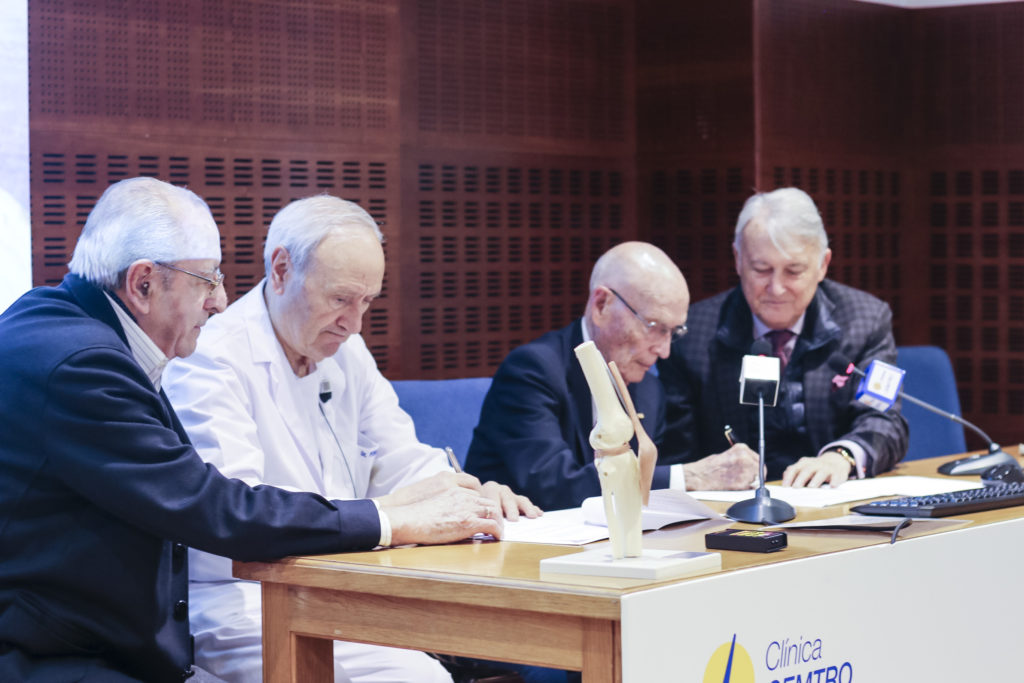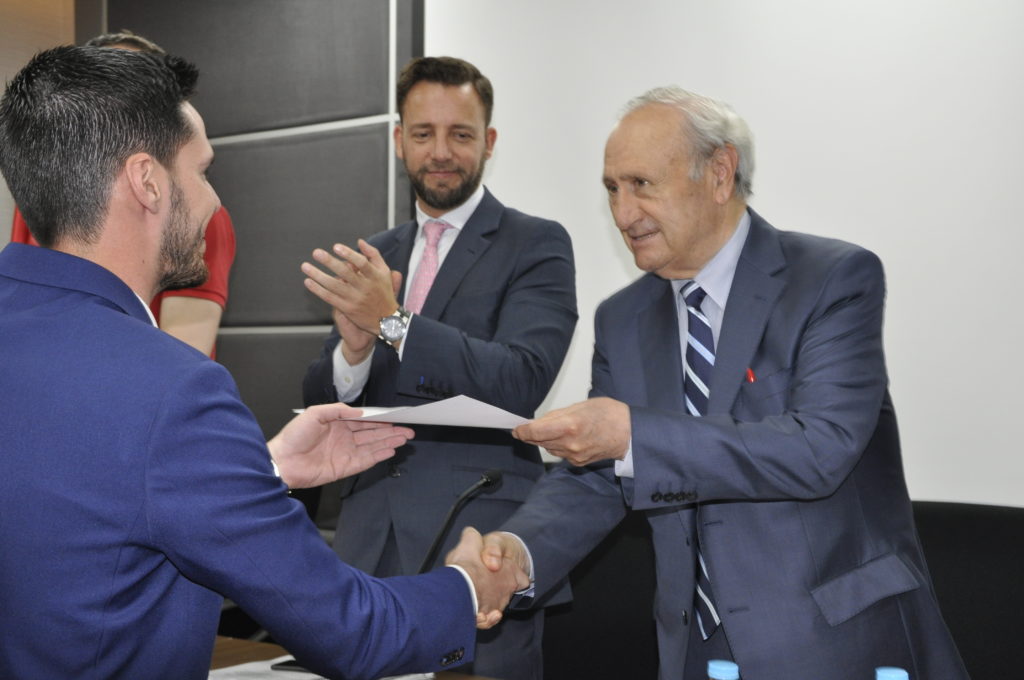Investigadores de la Unidad de Terapia Celular de la Clínica CEMTRO, dirigidos por el Prof. Pedro Guillén, y del Instituto Salk de California, dirigidos por el Prof. Juan Carlos Izpisúa, han descubierto que una combinación de dos medicamentos experimentales revierte los signos celulares y moleculares de la artrosis en ratas, así como en células aisladas de cartílago humano. Los resultados de este estudio han sido publicados recientemente en la revista Protein&Cell.
Las personas que sufren artrosis tienen muy pocas opciones de tratamiento. Actualmente no hay medicamentos aprobados que puedan prevenir, detener o incluso restringir la progresión de la artrosis. “Los tratamientos que se utilizan en la actualidad tienen como objetivo reducir el dolor, la inflamación y la discapacidad retardando el desgaste del cartílago y la progresión de la enfermedad, pero no la curan y se llega inevitablemente a la cirugía de reemplazo de la articulación”, explica el Prof. Pedro Guillén, co-autor de correspondencia del presente artículo y Presidente de la Fundación Dr. Pedro Guillén.
[···]

